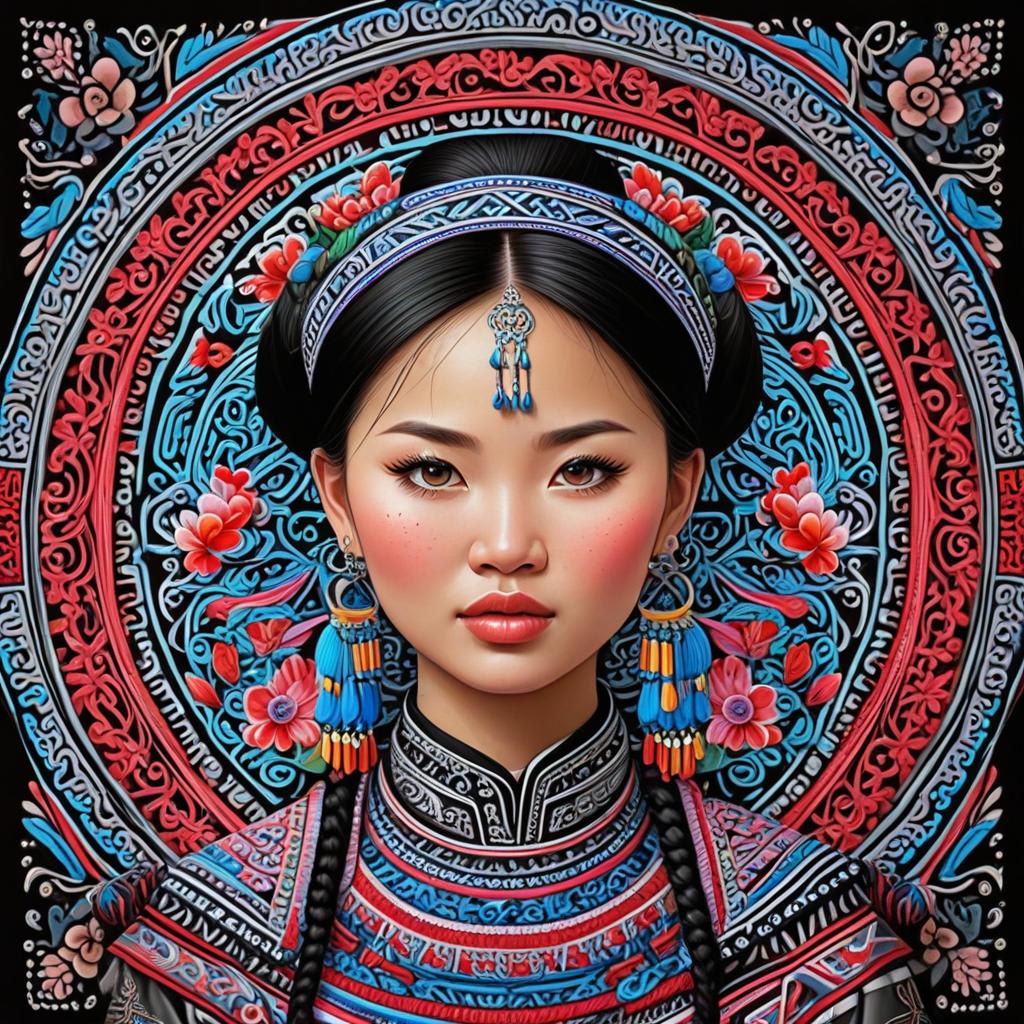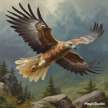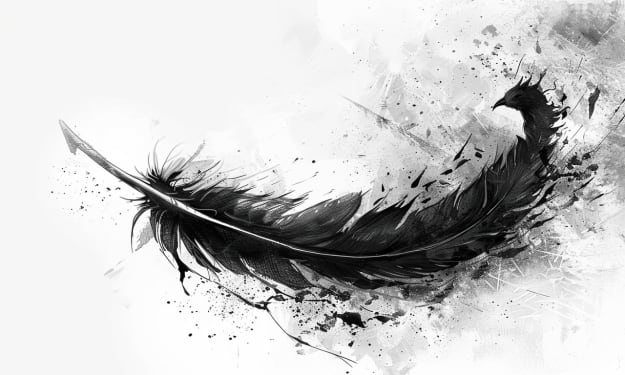Who are the Hmong People and What is Hmong Art?
Questions Answered

The Hmong people, an ethnic group with a rich cultural heritage, have a unique history, language, and artistic tradition that spans centuries. Originating from the mountainous regions of China, Laos, Vietnam, and Thailand, the Hmong are known for their resilience, vibrant traditions, and distinct artistic expression. Understanding the Hmong people and their art requires delving into their history, culture, and the intricate meanings embedded within their artistic practices.
The origins of the Hmong people trace back thousands of years to the mountainous regions of southern China. Throughout their history, the Hmong have experienced displacement, persecution, and migration, leading them to settle in various countries across Southeast Asia. The Hmong have managed to preserve their cultural identity through oral traditions, textiles, music, and visual arts despite the challenges they have faced.
The artwork at the top of the article can be purchased as a canvas wall art.
One of the most striking aspects of Hmong culture is their vibrant textile art. Hmong embroidery, often referred to as "flower cloth" or "paj ntaub," is renowned for its intricate designs and vibrant colors. Traditionally, Hmong women have been the primary creators of these textiles, using techniques passed down through generations. Each piece of Hmong embroidery tells a story, with motifs representing aspects of Hmong life, including nature, mythology, and spiritual beliefs.
The process of creating Hmong embroidery is labor-intensive and requires great skill. Hmong women use a combination of techniques such as appliqué, reverse appliqué, and cross-stitching to produce intricate patterns on fabric. These textiles serve multiple purposes within Hmong society, including clothing, ceremonial decorations, and storytelling.
Beyond textiles, Hmong art encompasses a wide range of mediums, including painting, sculpture, and music. Hmong painters often depict scenes from everyday life, folklore, and religious beliefs. Traditional Hmong painting techniques involve the use of bold colors and simple forms to convey complex narratives.
Sculpture is another important aspect of Hmong artistic expression, with artisans creating intricate wooden carvings and metalwork. Hmong sculpture often features motifs such as animals, plants, and ancestral figures, reflecting the close connection between the Hmong people and their natural environment.
Music plays a central role in Hmong culture, with traditional instruments such as the qeej (bamboo mouth organ) and the lusheng (bamboo pipe instrument) being integral to Hmong ceremonies and celebrations. Hmong music often combines traditional melodies with modern influences, reflecting the dynamic nature of Hmong identity.
Spirituality and religion are fundamental aspects of Hmong culture, influencing their artistic practices and worldview. Shamanism plays a significant role in Hmong spiritual beliefs, with shamans serving as mediators between the human and spirit worlds. Many Hmong artistic traditions, such as embroidery and music, are imbued with spiritual significance, serving as a means of connecting with the divine and honoring ancestors.
In addition to their artistic achievements, the Hmong people have made significant contributions to the cultural landscape of the countries where they reside. Despite facing challenges such as discrimination and marginalization, the Hmong have persevered in preserving their cultural heritage and passing it down to future generations.
In recent years, Hmong art and culture have gained recognition on the global stage, with exhibitions, festivals, and academic research shedding light on the richness and diversity of Hmong artistic traditions. Organizations and initiatives dedicated to promoting Hmong art and culture have emerged, providing platforms for Hmong artists to showcase their work and connect with audiences worldwide.
Overall, the Hmong people and their art are a testament to the resilience, creativity, and cultural richness of an ethnic group that has persevered through centuries of adversity. Through their vibrant textiles, intricate paintings, soulful music, and spiritual practices, the Hmong continue to inspire and captivate audiences around the world, ensuring that their cultural legacy endures for generations to come.
Disclaimer: AI has helped the author write this article.
About the Creator
Enjoyed the story? Support the Creator.
Subscribe for free to receive all their stories in your feed. You could also pledge your support or give them a one-off tip, letting them know you appreciate their work.






Comments
Indomitable Knowledge is not accepting comments at the moment
Want to show your support? Send them a one-off tip.